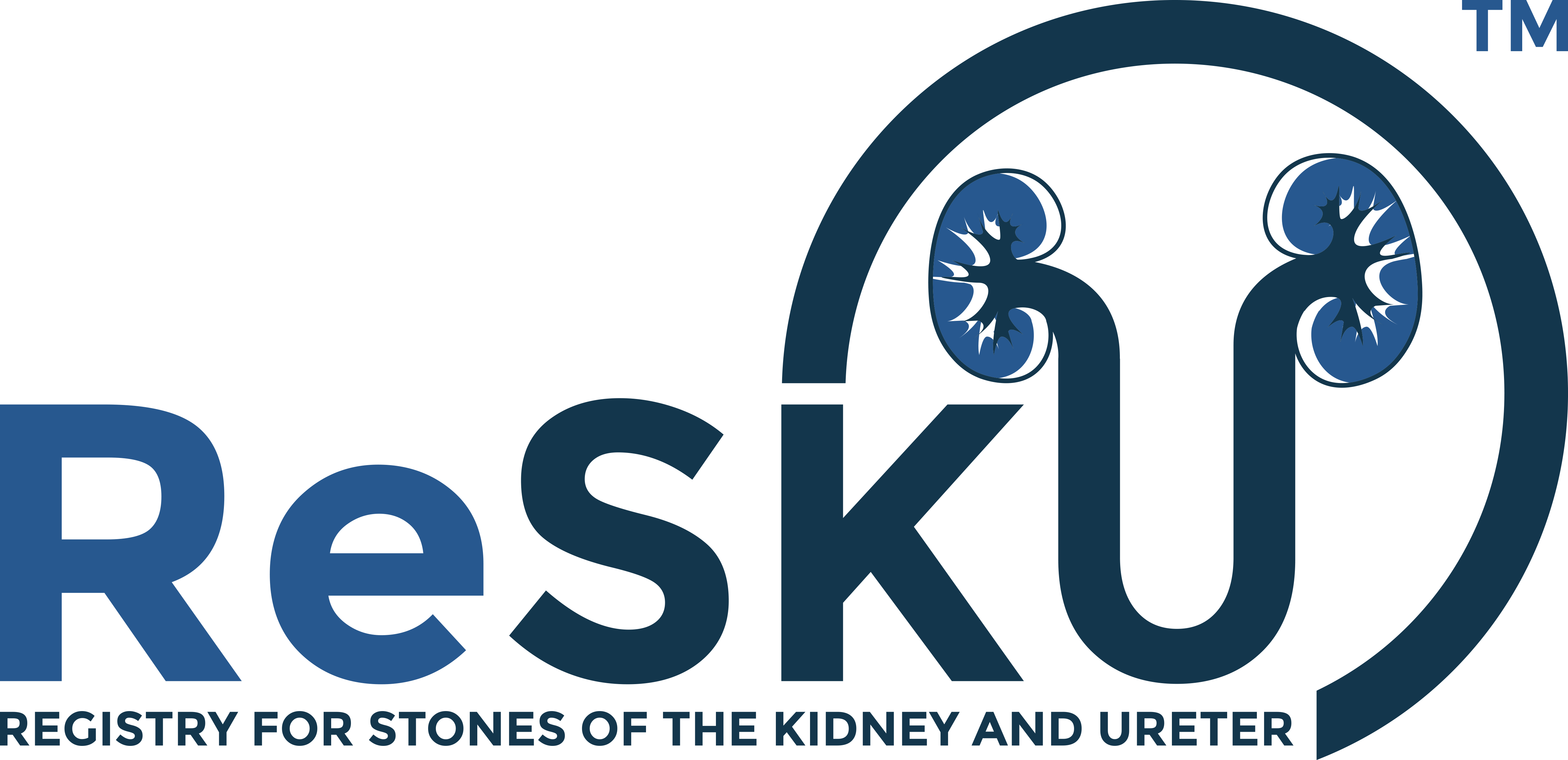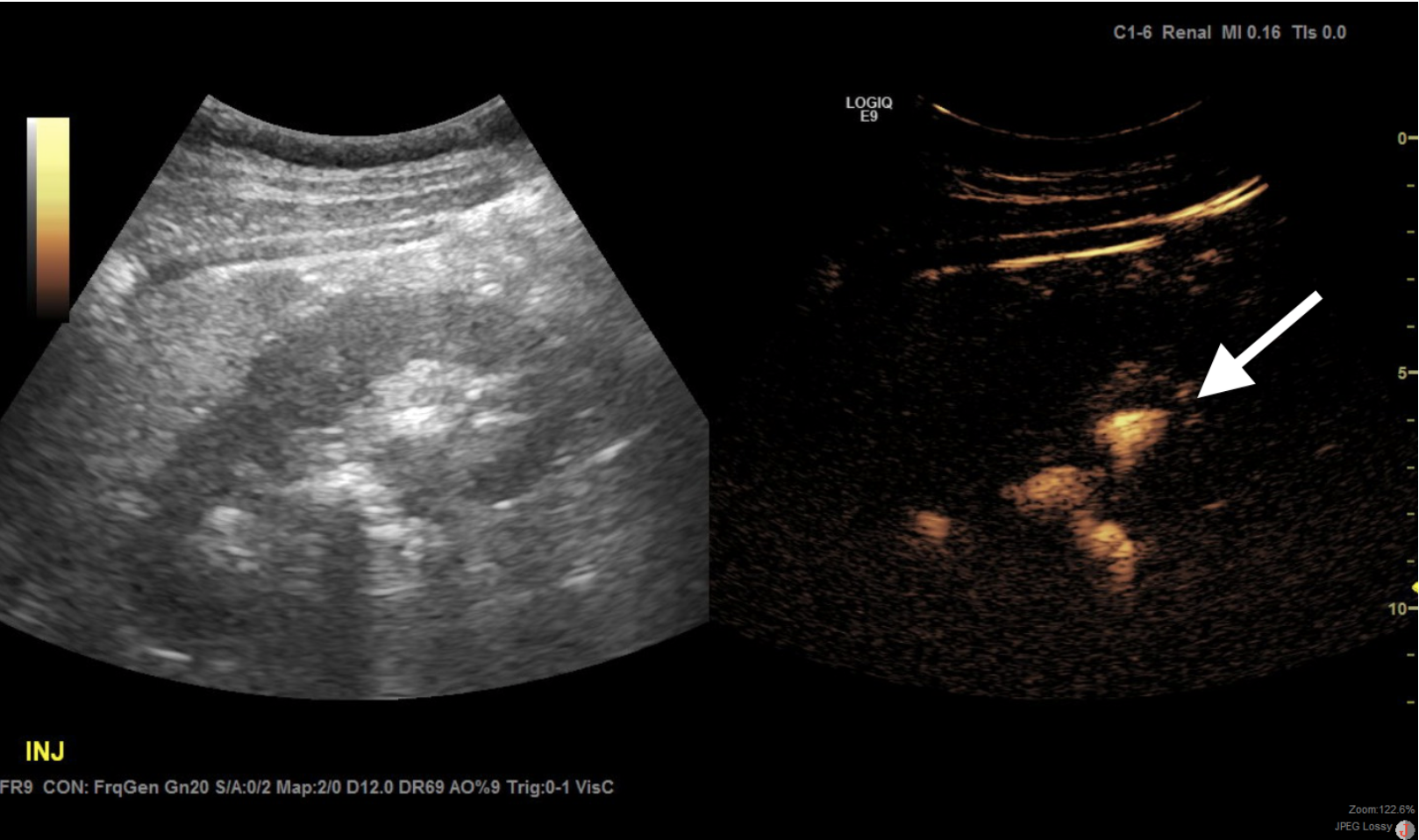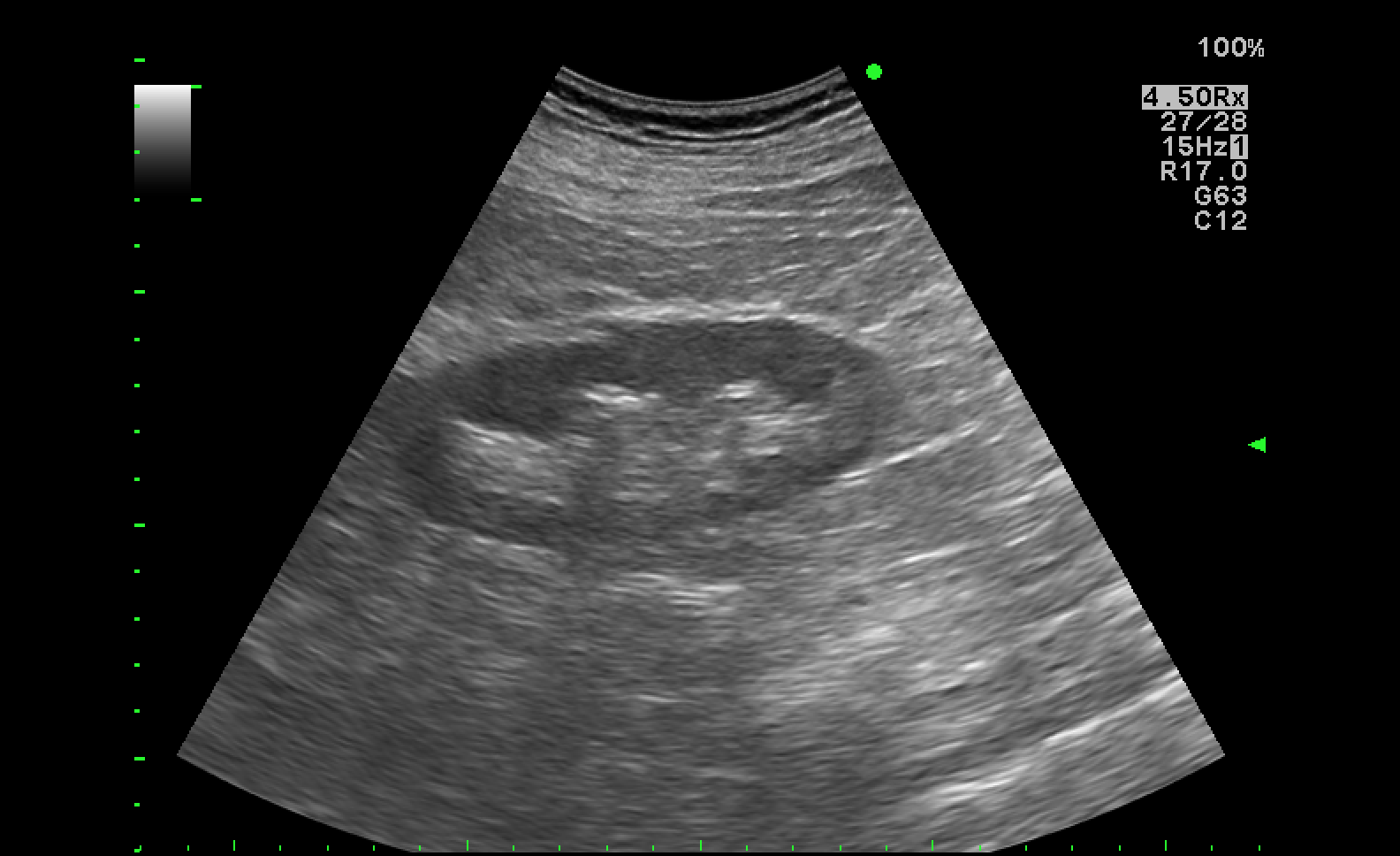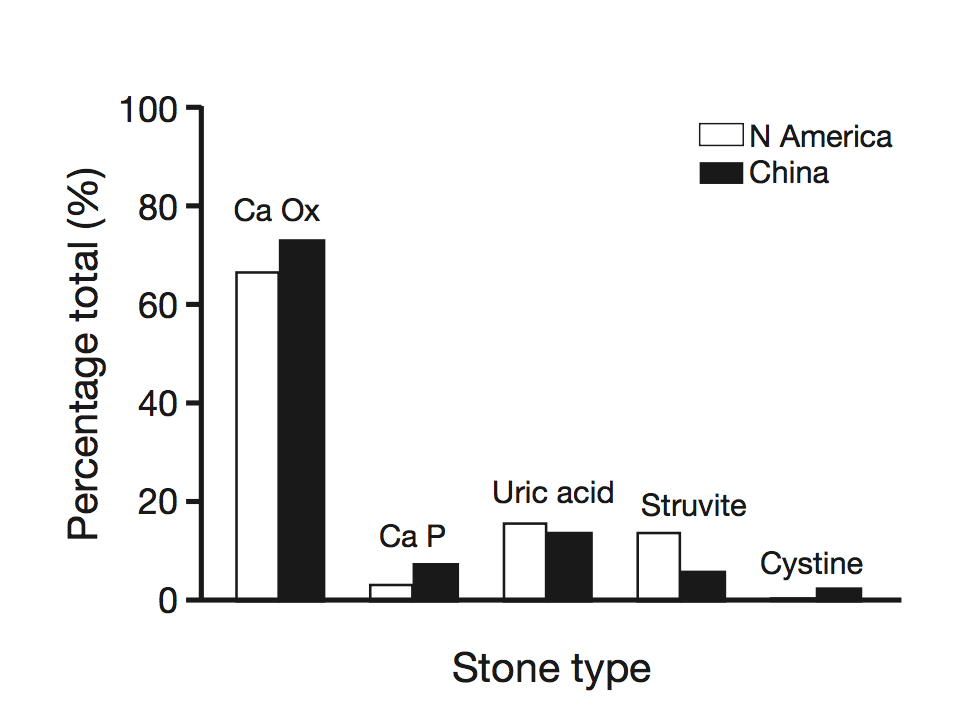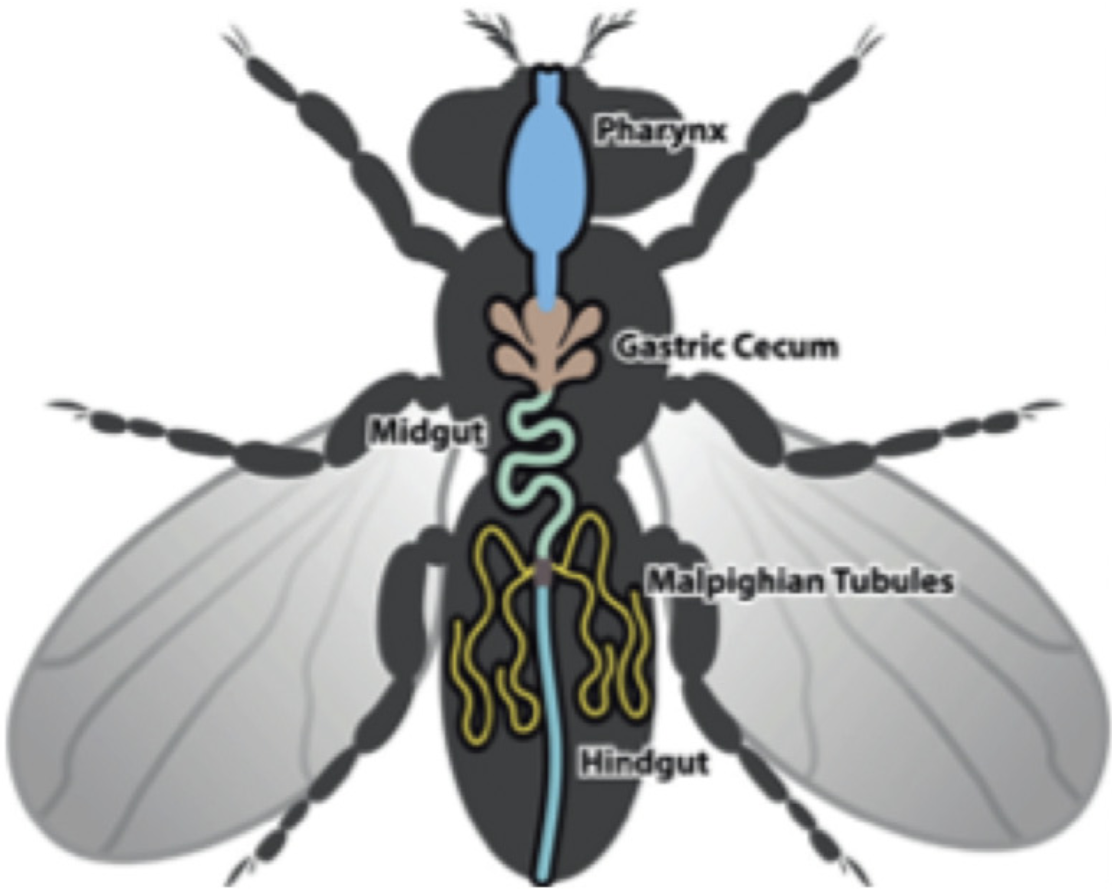Ultrasound guidance for kidney stone surgery
Ultrasound-guided PCNL: innovation comes with patient safety and treatment efficacy, NOT radiation exposure.
Instead of x-ray, we apply ultrasound to guide instruments during endoscopic kidney stone surgery. Our research team has proved that this radiation-free technique is feasible, safe, and as effective as conventional method. Read more...
ReSKU™: the Registry for Stones of the Kidney and Ureter
ReSKU™: The high-technology backbone for all research within the Chi Lab.
Dr. Thomas Chi has led an effort to design and implement ReSKU™. It is a longitudinal registry of patients with kidney stone disease and automatically transfer clinical data from electronic medical records to a secure online database for a research purpose. Read more...
Contrast-enhanced ultrasound
Contrast-enhanced ultrasound: better visualization with zero radiation exposure.
Contrast-enhanced ultrasound (CEUS) is the application of a microbubble ultrasound contrast agent into conventional ultrasonography. In close collaboration with UCSF radiologists, Dr. Thomas Chi has established CEUS for kidney stone surgical management and received NIH funding to further his studies. Read more...
Radiation-free diagnostic imaging for kidney stone
No radiation exposure by still preserving excellent clinical outcomes.
To reduce long-term risk from ionizing radiation exposure, Dr. Thomas Chi and his research team have implemented ultrasound and dye tests into kidney stone management and demonstrated their clinical efficacy. Read more...
Kidney stone amongst Chinese patients
Environmental factors are important in stone formation: A study in Chinese patients living in different countries.
Dr. Thomas Chi and his colleagues established the International Chinese Consortium on Nephrolithiasis (ICCON) as a multi-center collaboration to explore patterns of stone presentation amongst Chinese patients living in different countries. Read more...
Animal models in kidney stone disease
Animal models in kidney stone disease
With a close collaboration with Buck Institute for Research on Aging, Dr. Chi and his coleagues use several animal models to investigate how kidney stone forms. The simple but elegant fruit fly Drosophila melanogaster is emerging as our powerful translational model of human kidney stone disease and provide important information essential to our understanding of stone formation. Read more...
